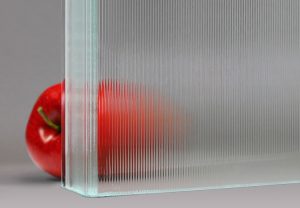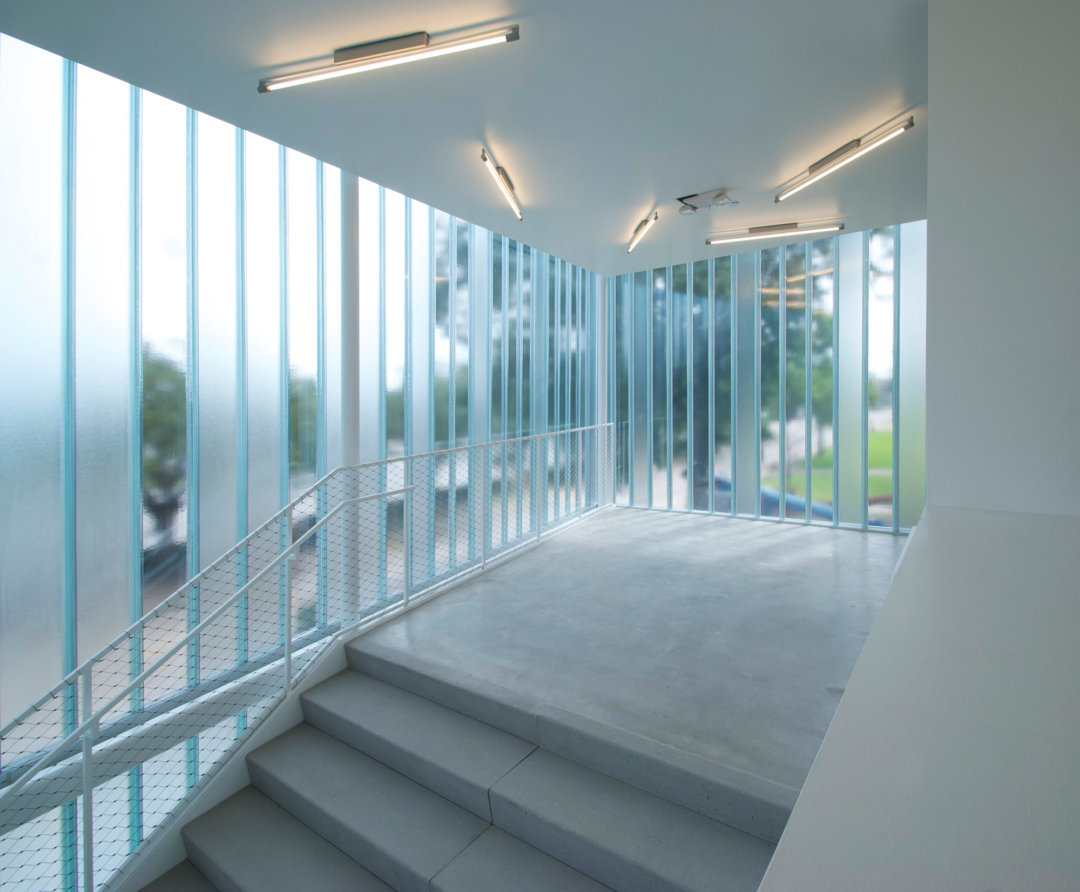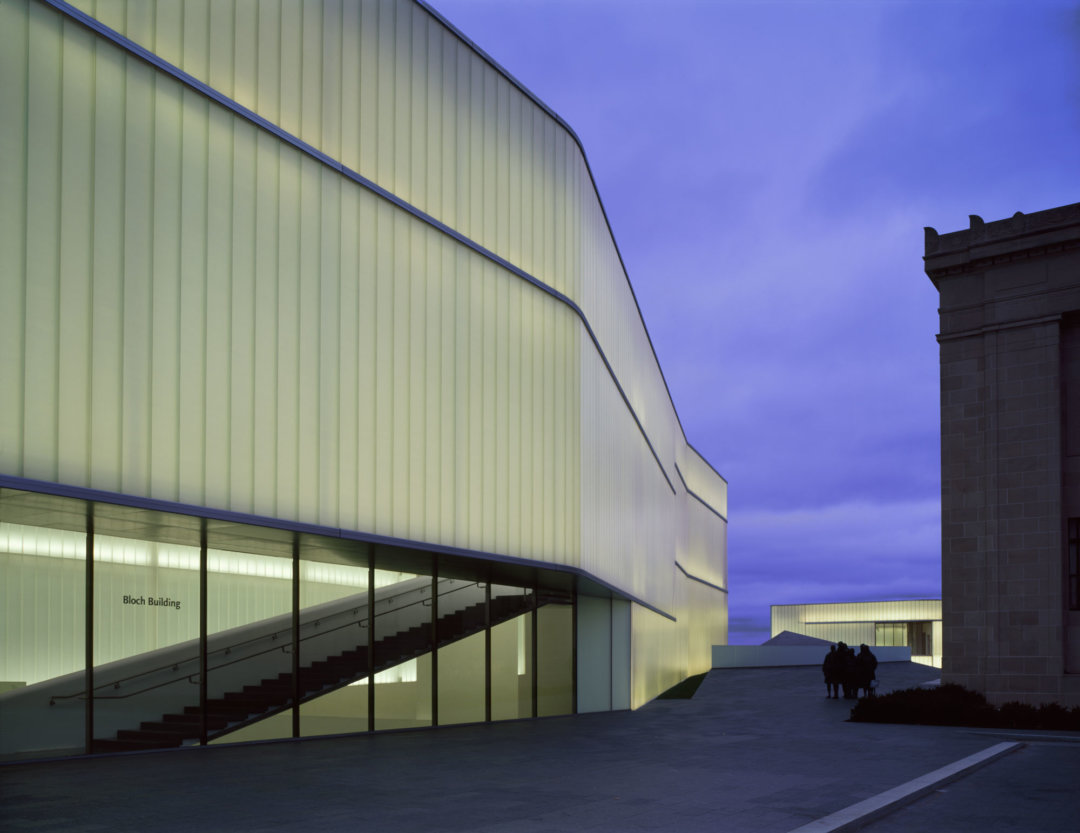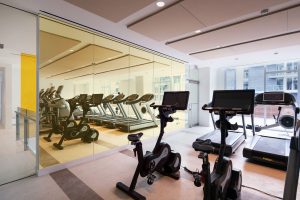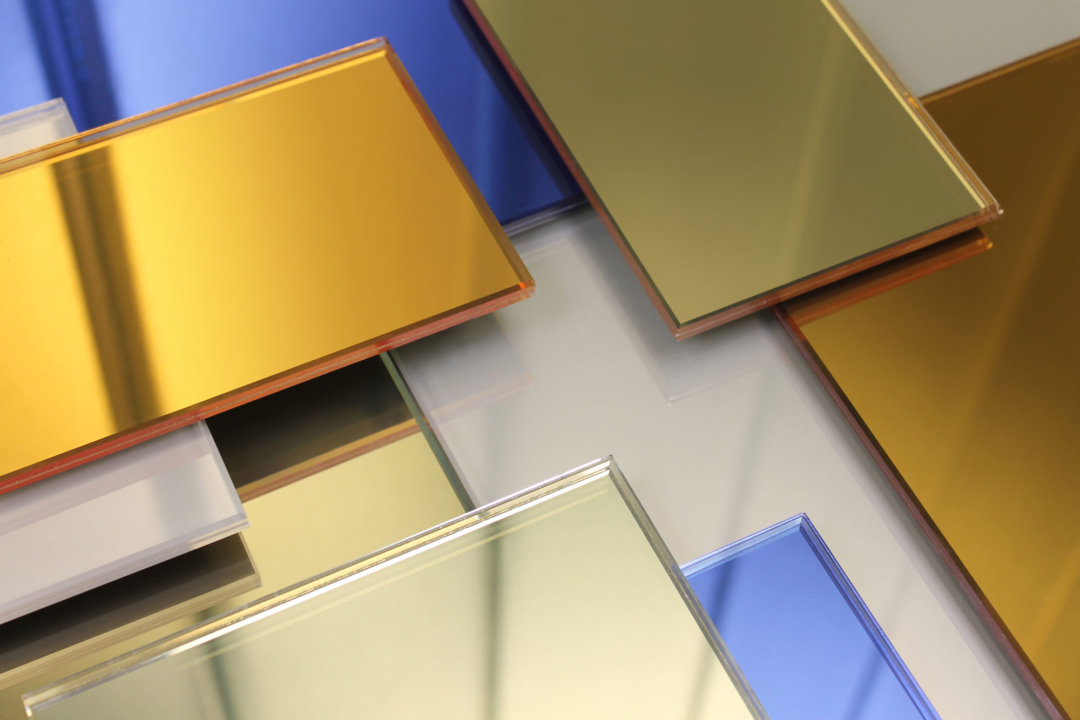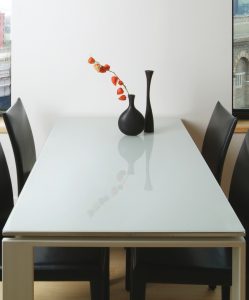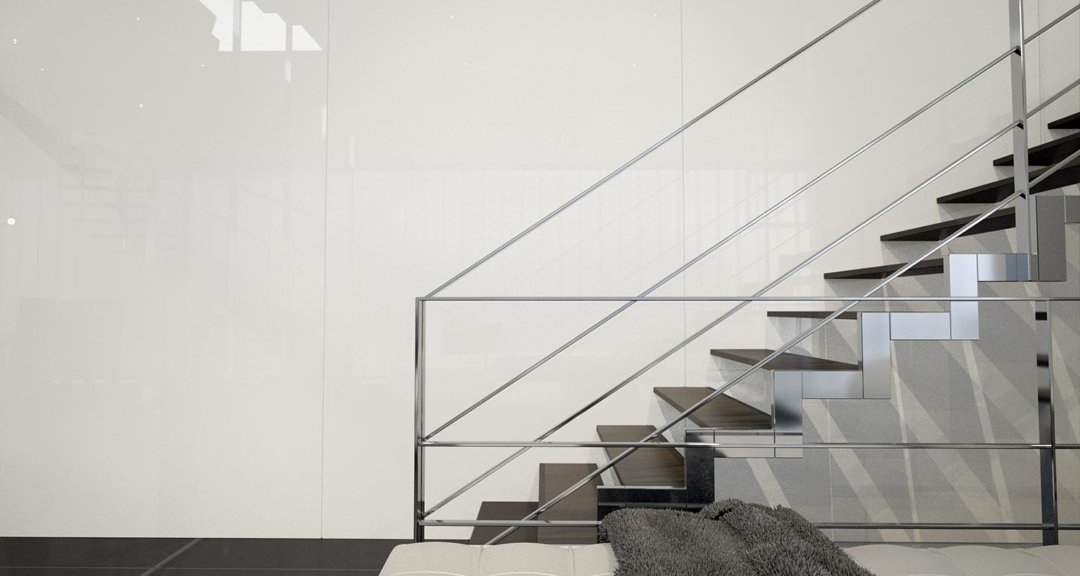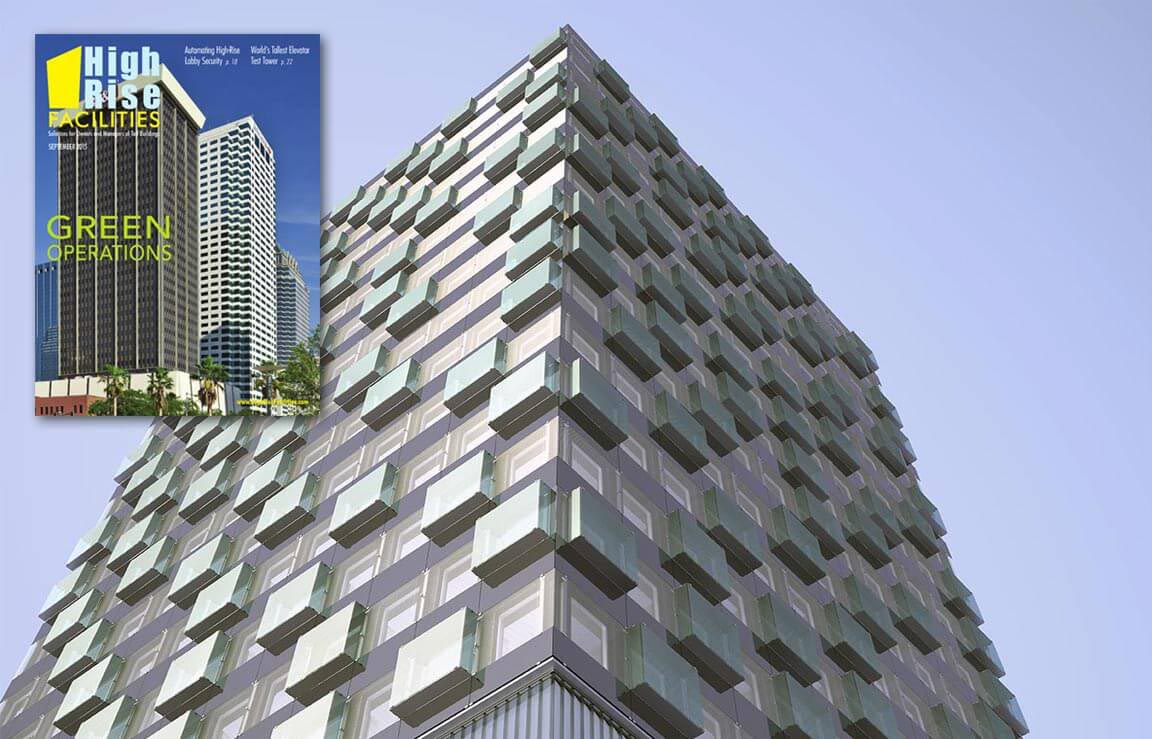Following the success of Houdini™ flat glass, the award-winning Houdini texture is now the latest addition to our channel glass lineup. This specialty architectural glass is available to the trade exclusively from Bendheim. It allows architects and designers to deliver the highest levels of privacy, while still allowing maximum daylight.
Introduced in 2012, Houdini is an ultra-clear, low iron flat glass with a finely micro-fluted surface. This unique pattern reduces glare and obscures the shapes of people and objects behind it to such an extent, it is as if they disappear. This video demonstrates the impressive light-bending properties of the glass. Since its introduction, Houdini architectural glass has garnered several design awards and recognitions, including:
- ADEX 2014 Platinum Award for Design Excellence
- Architectural Record 2013 Product Report Awards: Top Material
- Architectural Products PIA’13 Product Innovation Award
Having succeeded in offering architects and designers the utmost in privacy glass, the Houdini texture was a logical addition to Bendheim’s channel glass portfolio.
Channel glass is translucent, U-shaped, machine-rolled (“cast”) glass, available in face widths ranging from 9 to 19 inches, lengths up to 23 feet, and thickness of approx. ¼ inches. Channel glass’ unique geometry allows for virtually seamless glass walls uninterrupted by metal frames. Installed vertically, the glass can span heights up to 23 ft. and limitless lengths – hundreds of feet or more – a distinct advantage over traditional flat glass. It can also create sweeping curved walls without the need for high-cost custom glass bending. The glass channels can be laid out vertically or horizontally, in single or double-glazed configurations.
Houdini channel glass is produced from regular clear glass featuring a high percentage of post-consumer recycled content (up to 40%), or low-iron (ultra-clear) glass. Bendheim’s low-iron channel glass has an ultra-brilliant quality, displaying only the very slightest greenish-blue tint when viewed on edge. It provides a high degree of light transmission, up to 85%.
